What Is A Software Development Brief?
Last updated: November 22, 2022 Read in fullscreen view
- 01 Aug 2024
 The Standish Group report 83.9% of IT projects partially or completely fail 160/1785
The Standish Group report 83.9% of IT projects partially or completely fail 160/1785 - 13 Apr 2024
 Lessons on Teamwork and Leadership from Chinese story book "Journey to the West" 43/952
Lessons on Teamwork and Leadership from Chinese story book "Journey to the West" 43/952 - 02 Nov 2021
 What is Terms of Reference (ToR)? 24/1469
What is Terms of Reference (ToR)? 24/1469 - 03 Apr 2022
 Microsoft Solutions Framework (MSF) 14/1162
Microsoft Solutions Framework (MSF) 14/1162 - 18 Dec 2023
 The Cone of Uncertainty in Scrum & Requirement Definition 8/646
The Cone of Uncertainty in Scrum & Requirement Definition 8/646 - 18 Oct 2021
 Key Elements to Ramping Up a Large Team 7/1115
Key Elements to Ramping Up a Large Team 7/1115 - 01 Sep 2022
 Facts Chart: Why Do Software Projects Fail? 7/544
Facts Chart: Why Do Software Projects Fail? 7/544 - 08 Nov 2022
 4 tips for meeting tough deadlines when outsourcing projects to software vendor 6/254
4 tips for meeting tough deadlines when outsourcing projects to software vendor 6/254 - 06 Mar 2021
 4 things you need to do before getting an accurate quote for your software development 5/616
4 things you need to do before getting an accurate quote for your software development 5/616 - 16 Apr 2021
 Insightful Business Technology Consulting at TIGO 4/377
Insightful Business Technology Consulting at TIGO 4/377 - 20 Jul 2022
 Software Myths and Realities 4/801
Software Myths and Realities 4/801 - 07 Jul 2022
 Managing Project Execution Terms 3/379
Managing Project Execution Terms 3/379 - 10 Apr 2021
 RFP vs POC: Why the proof of concept is replacing the request for proposal 3/257
RFP vs POC: Why the proof of concept is replacing the request for proposal 3/257 - 09 Mar 2022
 Consultant Implementation Pricing 3/185
Consultant Implementation Pricing 3/185 - 16 Feb 2021
 Choose Outsourcing for Your Non Disclosure Agreement (NDA) 3/150
Choose Outsourcing for Your Non Disclosure Agreement (NDA) 3/150 - 10 Apr 2024
 The Parking Lot Method: Unlocking a Simple Secret to Supercharge Your Productivity 3/403
The Parking Lot Method: Unlocking a Simple Secret to Supercharge Your Productivity 3/403 - 24 Nov 2023
 The project management paradox: Achieving MORE by doing LESS 3/194
The project management paradox: Achieving MORE by doing LESS 3/194 - 02 May 2022
 What Is RAID in Project Management? (With Pros and Cons) 2/735
What Is RAID in Project Management? (With Pros and Cons) 2/735 - 05 Jun 2023
 Fractional, Part-Time (virtual) or Interim CTO: Who Will Cover Your Business Needs? 2/109
Fractional, Part-Time (virtual) or Interim CTO: Who Will Cover Your Business Needs? 2/109 - 26 Sep 2024
 Successful Project Management Techniques You Need to Look Out For 2/368
Successful Project Management Techniques You Need to Look Out For 2/368 - 07 Jul 2021
 The 5 Levels of IT Help Desk Support 2/380
The 5 Levels of IT Help Desk Support 2/380 - 14 Jun 2022
 Example and Excel template of a RACI chart in Software Development 2/708
Example and Excel template of a RACI chart in Software Development 2/708 - 12 Aug 2022
 What is End-to-end project management? 2/382
What is End-to-end project management? 2/382 - 15 May 2022
 20 Common Mistakes Made by New or Inexperienced Project Managers 2/247
20 Common Mistakes Made by New or Inexperienced Project Managers 2/247 - 22 May 2022
 What are common mistakes that new or inexperienced managers make? 1/243
What are common mistakes that new or inexperienced managers make? 1/243 - 10 Jul 2025
 Building AI-Driven Knowledge Graphs from Unstructured Data 1/117
Building AI-Driven Knowledge Graphs from Unstructured Data 1/117 - 27 Jan 2020
 Should a project manager push developers to work more hours due to mistakes of manager schedule setting? 1/412
Should a project manager push developers to work more hours due to mistakes of manager schedule setting? 1/412 - 09 Feb 2023
 The Challenge of Fixed-Bid Software Projects 1/191
The Challenge of Fixed-Bid Software Projects 1/191 - 01 May 2023
 CTO Interview Questions 1/299
CTO Interview Questions 1/299 - 30 Oct 2022
 How Much Does MVP Development Cost in 2023? 1/172
How Much Does MVP Development Cost in 2023? 1/172 - 07 Aug 2022
 Things to Consider When Choosing a Technology Partner 1/254
Things to Consider When Choosing a Technology Partner 1/254 - 07 Oct 2022
 Digital Transformation: Become a Technology Powerhouse 1/217
Digital Transformation: Become a Technology Powerhouse 1/217 - 01 Mar 2024
 10 Project Management Myths 1/120
10 Project Management Myths 1/120 - 07 Dec 2023
 12 project management myths to avoid 1/169
12 project management myths to avoid 1/169 - 30 Nov 2023
 Project Managers, Focus on Outcomes — Not Deliverables /143
Project Managers, Focus on Outcomes — Not Deliverables /143 - 02 Nov 2022
 Difference between Change Management and Project Management /216
Difference between Change Management and Project Management /216 - 01 Aug 2022
 Is planning "set it and forget it" or "set it and check it"? /264
Is planning "set it and forget it" or "set it and check it"? /264 - 23 Jun 2024
 Best Practices for Managing Project Escalations /184
Best Practices for Managing Project Escalations /184 - 21 Jun 2024
 Dead Horses and the Escalation of Commitment /124
Dead Horses and the Escalation of Commitment /124 - 02 Jun 2024
 Reviving Ancient Wisdom: The Spiritual Side of Project Management /204
Reviving Ancient Wisdom: The Spiritual Side of Project Management /204 - 03 Nov 2022
 Top questions and answers you must know before ask for software outsourcing /265
Top questions and answers you must know before ask for software outsourcing /265 - 09 Jan 2022
 How to Bridge the Gap Between Business and IT? /165
How to Bridge the Gap Between Business and IT? /165 - 17 Mar 2025
 IT Consultants in Digital Transformation /62
IT Consultants in Digital Transformation /62 - 01 Mar 2023
 How do you deal with disputes and conflicts that may arise during a software consulting project? /145
How do you deal with disputes and conflicts that may arise during a software consulting project? /145 - 20 Nov 2022
 Software Requirements Are A Communication Problem /234
Software Requirements Are A Communication Problem /234 - 17 Oct 2021
 Does Fast Tracking increase project cost? /350
Does Fast Tracking increase project cost? /350 - 13 Jan 2020
 Quiz: Test your understanding project cost management /568
Quiz: Test your understanding project cost management /568 - 02 Dec 2021
 3 Ways to Avoid Scope Creep in IT Consulting /192
3 Ways to Avoid Scope Creep in IT Consulting /192 - 06 Jun 2022
 Change Management at the Project Level /293
Change Management at the Project Level /293 - 09 May 2022
 Build one to throw away vs Second-system effect: What are differences? /299
Build one to throw away vs Second-system effect: What are differences? /299 - 10 May 2022
 Levels of Teamwork /180
Levels of Teamwork /180 - 03 Jan 2023
 Organizing your agile teams? Think about M.A.T (Mastery, Autonomy, Purpose) /333
Organizing your agile teams? Think about M.A.T (Mastery, Autonomy, Purpose) /333
If you’ve got a business need for custom software and are looking for a development company to create it, your first step should be a software development brief. A well written brief not only ensures your software developer really understands your business, but it also sells them your vision and how it will work.
Bespoke software refers to the custom code written by a developer when a company requires a piece of software to perform a very specific task or function and there’s no existing software that does what they need.
As such, bespoke software is specific to the task it’s designed for and can be as simple as a calculator application or as complex as a word processing application.
Choose a software partner you trust
To successfully realise the vision of your software, the first step is to find a software development company that is aligned to your vision, speaks your language and shows it can deliver on its promise – in other words one that you can trust to do the job. In essence that means getting on with the people at a personal level and making sure the development team can demonstrate their way around the technology, without losing you in the terminologies. Ensure they can discuss the project with you in clearly understood language, so keeping you firmly as part of the discussion.
Do your research and find a development company that routinely works in partnership with its clients to understand their unique challenges; preferably one that uses technically experienced project managers as the main contact point with clients, not a sales person. A team made up entirely of IT professionals is more likely to practice a collaborative style of working and arrive at an intelligent solution to your needs.
Having shortlisted your likely development company, the next step is to arrange a briefing, which can follow an initial phone call or website enquiry. It’s at the initial briefing that you can best learn about the development process they practice and gauge the mind-set of your prospective developer – hence the importance of having a good brief from the outset to show.
It’s at this stage you may want the developer to sign a Non-Disclosure Agreement, or NDA. The NDA is a legal agreement between your prospective software development company and yourself not to disclose any information relating to your project to anyone else, and it’s something that’s usually signed before going into detailed discussions with your chosen development company. You can read more about NDAs here.
The Brief
Your software developer needs to really understand your business, and that means selling them your vision and how it will work, possibly underpinned with logical argument or evidence. By going into a briefing as if you were the seller, rather than a buyer, means you’ll fully engage your audience and avoid the risk of painting your brief in broad brushstrokes.
If you’re new to software development, the first rule is to keep your written brief simple and to the point. A brief should detail the main ideas and plans for your software project, as well as any specific functions you had in mind. Ultimately the brief should serve as a starting point for the project, which becomes more fleshed out as the meeting progresses.
If you’re familiar with outsourcing technical work, then you’ll be aware that the more detail you can provide, the quicker the developer will nail the scope of the project. A simple outline will provide the shape of the software that needs to be created in order to meet your unique requirements. The software developer can then go on to properly scope the project once they’re formally engaged.
A well-executed brief that is clearly understood by the developer can significantly impact the length of the scoping phase, often reducing it significantly.
In an ideal scenario, the client has thoroughly considered all elements of the project and can describe not only the features, but sketch out how the application may look too. The developer can then flesh out the features, make recommendations, and provide the technical expertise to get the project moving.
Not only does a brief help the developer to understand the client’s requirements, but it also provides a step of instructions or features needed to complete the project.
Additionally, if you write a software brief, you’ll feel more confident in covering all the essential points during the first meeting with the developer, and there will be fewer surprises when it comes to starting work on the software itself.
The brief should consist of:
1. Overview
An overview summarising the project’s requirements or the problem that needs to be solved. An overview should explain what the project is expected to achieve or what business problem needs to be solved. It should also explain why the project is being undertaken.
2. Personas
Who will be using the software? How will it be accessed? Personas are the groups of people who will use your software and their methods of working, assumptions etc. Having an idea of who will use the final software will impact the look and the feel of the software and how it should be presented.
3. Specifics
Have you thought about any specific features you’d like the software to have? Was there a particular ‘eureka’ thought that triggered the idea’s development?
- List in order any initial ideas or suggestions you have for the main features of your project. Let the developer know which elements of the project are essential, which attributes that would be nice to have and features that are less urgent and could come later.
- You’ve probably thought long and hard about your project and how it should all come together. That means (hopefully) you’ve probably already got a bag full of sketches, diagrams, graphic designs and so on that you could use to help illustrate your vision. Use them to provide greater clarity!
- Does your project need to integrate with any existing systems? If so, it’s important to brief your software developer as it could change how the software is built.
4. Delivery
What timeframe are you working with to get the project started and delivered? Do you have any restrictions? It’s also helpful to provide an indication of your budget, so the software developer can work within your practical constraints.
Summary
All software development companies are not the same. Ideally, you want to trust the software development company to deliver the agreed software before tendering the contract. Look for a company that can demonstrate a track record of successfully delivering projects. Look for client testimonials and feedback. Look for a collaborative approach. And last but not least – look for a company that’s aligned to your vision and speaks your language.
Raspal Chima (bbconsult)







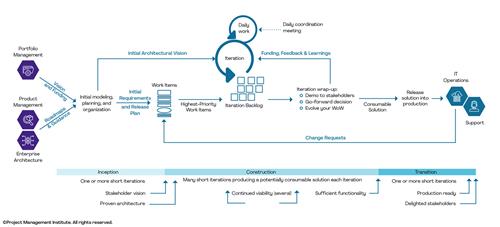



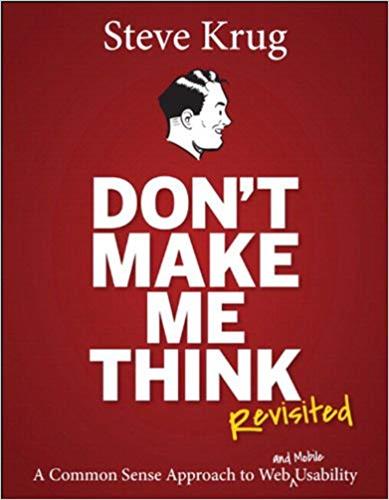






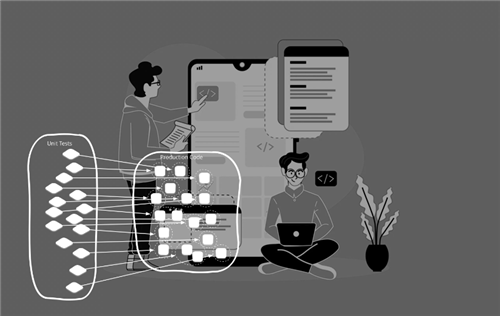
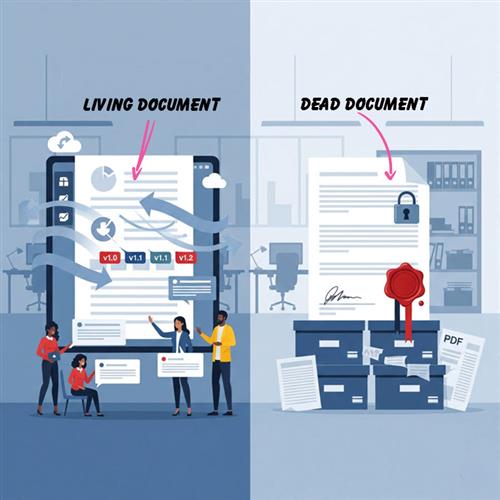

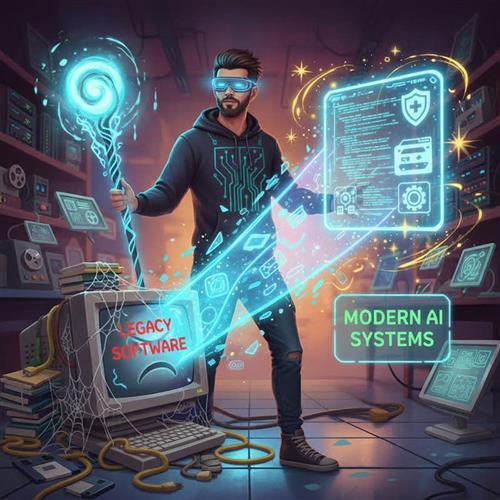


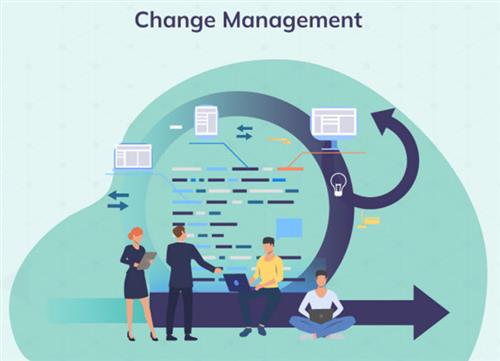










 Link copied!
Link copied!
 Recently Updated News
Recently Updated News